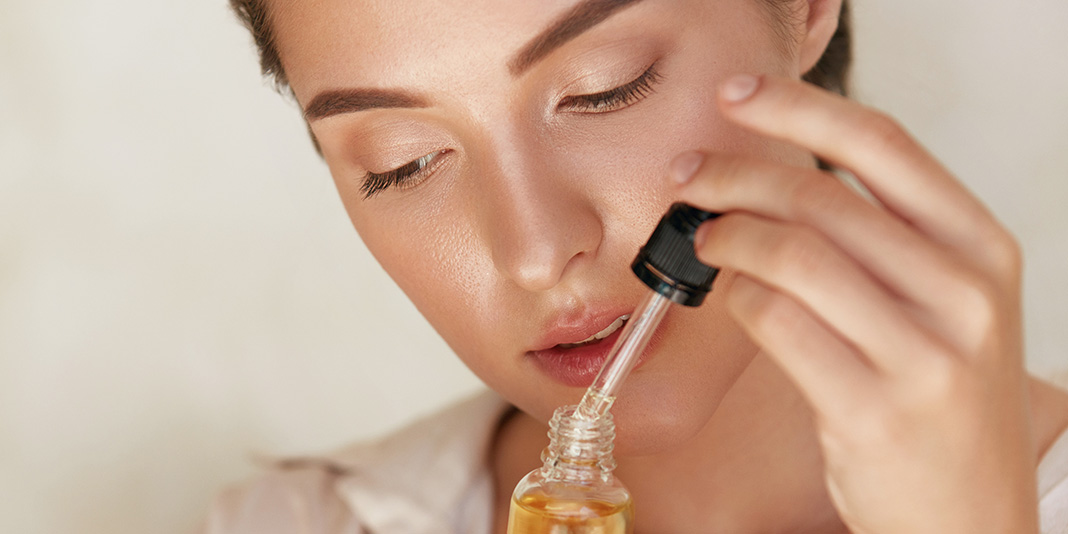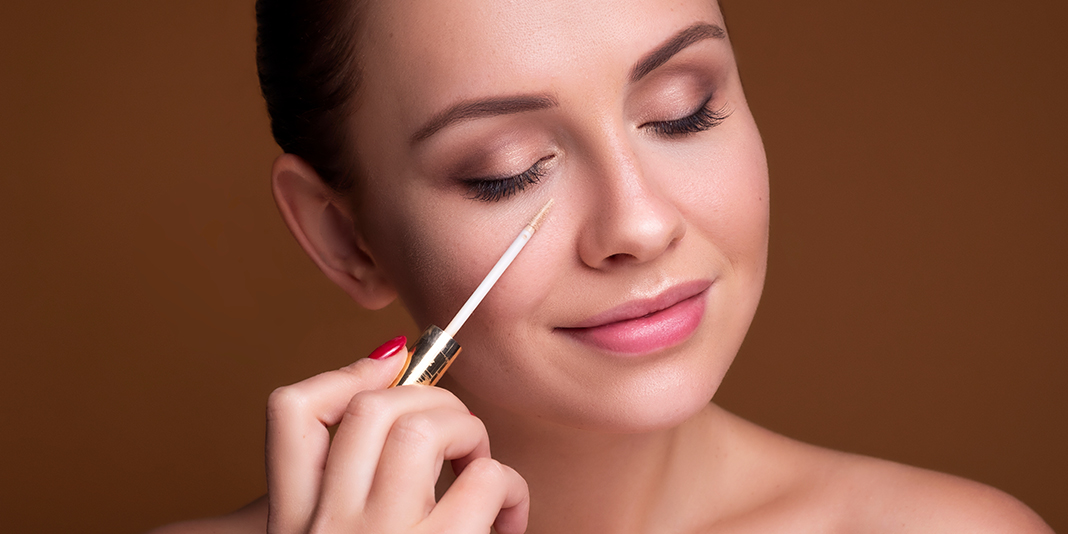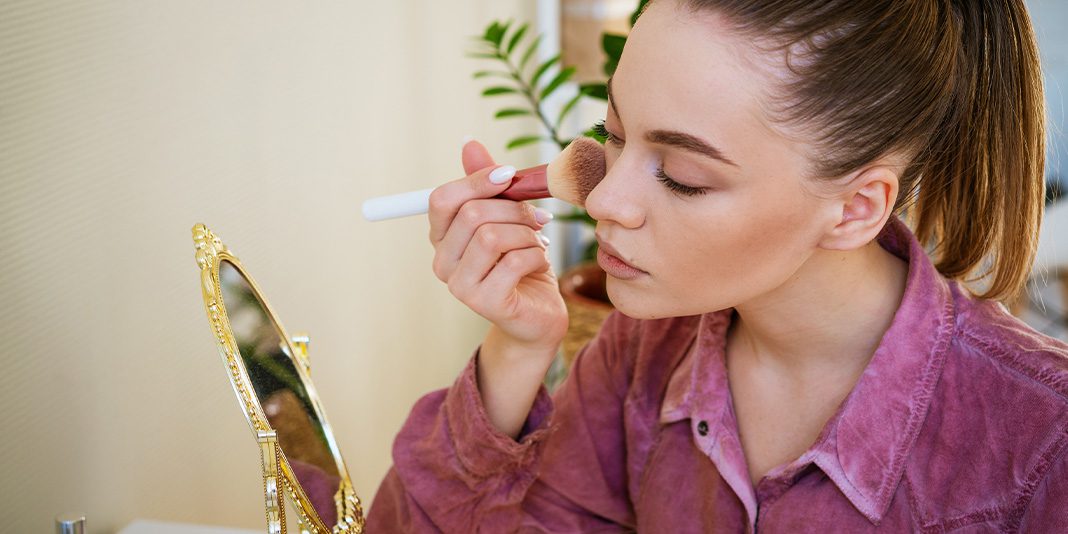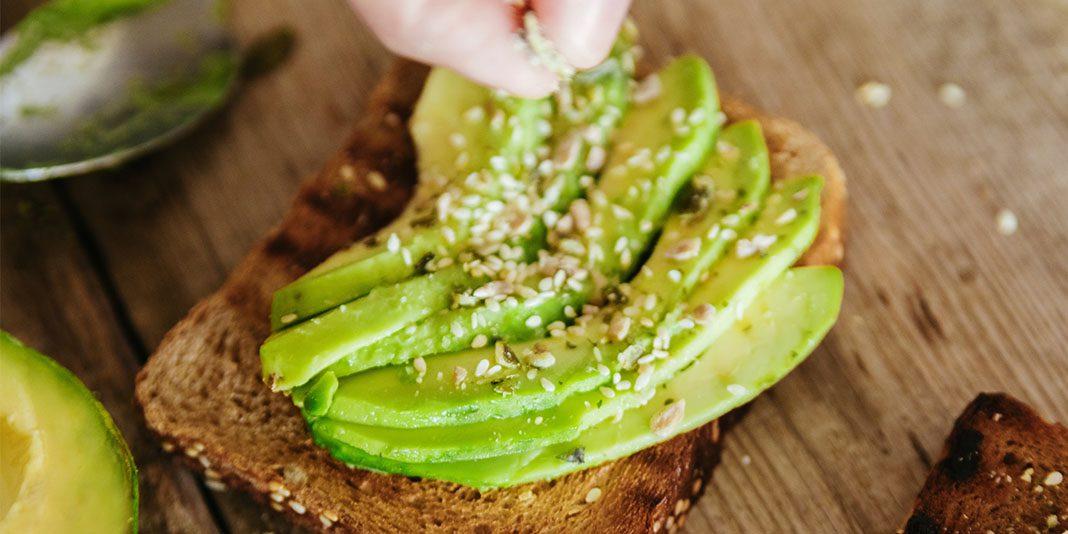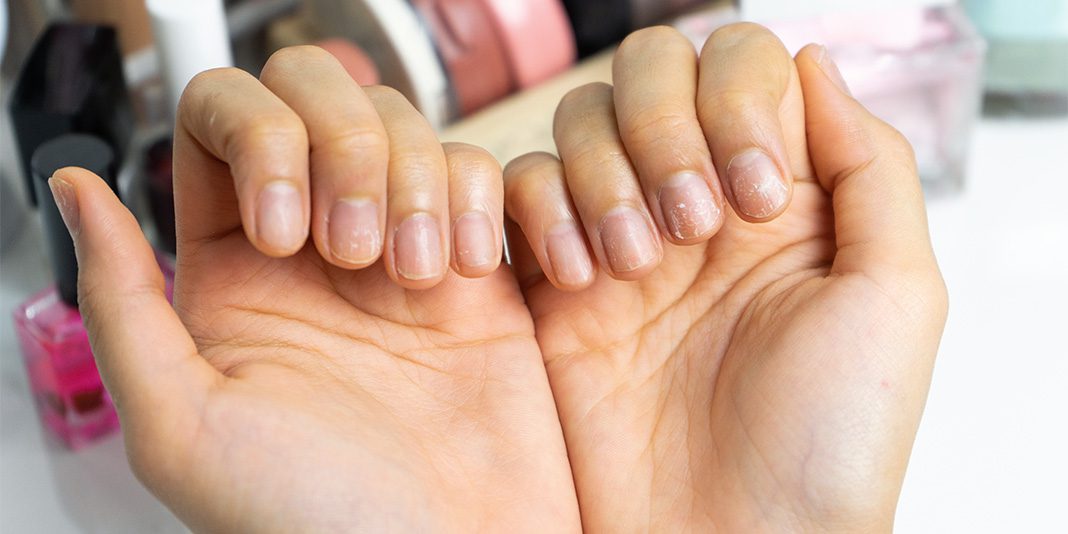Sure, tongue piercings can be fun and cool, but there’s a lot more to them than meets the, well, tongue. Unlike the fairly maintenance-free ear, nose, or even belly button piercings, tongue piercings require a high level of care and attention. The mouth by nature is a moist environment and a breeding ground for bacteria—which means it’s also prone to infection, according to the American Dental Association (ADA). Putting a hole in your tongue only increases the chance of infections, including serious ones like hepatitis or endocarditis (an infection of your heart’s inner lining, caused by bacteria spreading through the bloodstream from places like, you guessed it, your mouth). And according to the ADA, aside from infections, tongue piercings can lead to intense swelling, as well as teeth and gum damage. Which is why, if you plan to get a tongue piercing, or have one already, it’s important to learn and follow all of the necessary care protocol diligently.
Clean Your Piercing
It’s crucial to clean your piercing and the surrounding area thoroughly and regularly during the healing period to avoid infections. According to the Association of Professional Piercers (APP), you can use an antimicrobial or antibacterial alcohol-free mouth rinse, as well as a packaged sterile saline solution with no additives (the label will indicate if there are any) or non-iodized sea salt mixture. If you have high blood pressure or a heart condition, though, consult your doctor before going the saline route. If you use a sea salt mixture, dissolve ⅛ to ¼ teaspoon of the iodine-free sea salt into 8 oz of warm distilled or bottled water. It’s important to not add in more sea salt than necessary, as a stronger solution can irritate the piercing.
- Rinse with a mouth rinse or cleaning solution for 30 seconds after everything you eat or drink, aside from water, as well as at bedtime. On average, this should be about 5 to 6 times a day—overdoing it may cause discoloration of your tongue.
- Two or three times a day, saturate a clean gauze with saline solution and leave it on the piercing for 5 to 10 minutes.
- When you shower, clean the jewelry with a pearl-sized drop of soap, and rinse thoroughly. Don’t leave the soap on the jewelry or piercing for longer than 30 seconds.
Minimize Swelling
It’s normal to experience significant swelling, and even some bleeding and bruising, for the first three to five days after getting the piercing. After that, lighter swelling may still occur. To help reduce it:
- Suck on ice cubes or ice chips and let them dissolve in the mouth. This is especially helpful to do right before bed to help minimize swelling in the morning, which is typically when it’s at its worst.
- Take an over-the-counter, non-steroidal anti-inflammatory medication like ibuprofen, and be sure to follow instructions on dosage and frequency.
- Be quiet: Talking puts strain on your tongue and the piercing, so keep the chatter to a minimum. Perhaps a good time to take up meditation?
- Keep it cool with food and drinks—the cold temperatures are soothing, while spicy, salty, acidic, and hot food and drinks can irritate the piercing.


